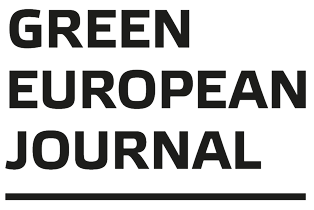Greens In Government
Though a Labour victory is expected, the Green Party hopes to win seats in the upcoming general elections, amidst voters’ discontent with old parties.
Read moreDespite a rocky start, Green mayors are sticking to their agenda and making inroads into society.
Read moreTo reconcile the physical reality of climate change with the attitudes of German society, pragmatism is key.
Read moreFollowing Zagreb’s example, grassroots-based municipalist movements can lead a new progressive wave in the Balkans.
Read moreThe culture wars around climate policy seem set to become the new normal, as the heating law debate in Germany exemplified.
Read moreFrom national leaders calling for a pause to the European Green Deal to the online Right’s re-invention of the “15-minute city” as an authoritarian project for social control, the signs of an anti-green backlash are growing.
Compared to the heady days of the Green Wave, it is clear that green politics in Europe has entered a new phase.
Read moreWith countries turning to the right, progressives face the challenge of keeping their support in cities.
Read moreCoalition compromises make it harder for the Greens to commit to their climate policy goals.
Read moreAmid deepening crises, ideological divides between Germany’s ruling parties on the country’s future are surfacing in a bitter struggle.
Read moreGreens and Social Democrats hope that cooperation will end decades of right-wing government.
Read more